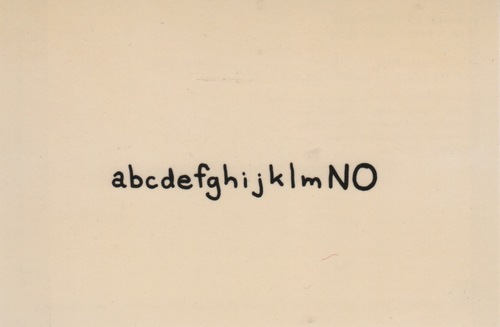The topic I’m sharing today is not new. But because of this one little bitty technique:
- I have more space in my schedule than I did a year ago
- I have less on my to-do list
- I have less clutter in my house
- I have more weekends free
- I feel better about my life and the things I do every day
- I feel less stuck in situations that stress me out

It’s called saying NO. And it’s crucial to your quality of life.
Consider this a Rosy Blu PSA:
If you haven’t mastered the skill of how and when to say no, it’s time to make this lesson a priority.
Sure, you’ve probably heard it before, but I believe it must be said, repeatedly if necessary, for us to start taking action, because the results are so crucial to quality of life.
Learning to say no is an expansive skill. When you get better at saying no, you are making space for your “hell yesses”—the things that light you up, and bring you energy, choice and freedom. When you say no, you are making space for the best version of your life.
It’s also a good exercise of listening to your intuition, something I’m trying actively to get better at (and I’m starting to see the benefits!). The more you practice, the easier it becomes to recognize and stick to your no.
If you’re still not convinced, here is some help for why to say no, how to say no, and how to stick to your no:
Why should I say no?
Paul Jarvis shares 6 great reasons to say no, specifically in the realm of business. (This is a good one to read if you are an entrepreneur who has a hard time wrapping your mind around the concept of “turning down paying customers.”)
I’ll sum up a few of Paul’s major points, in a way that relates not just to business, but to all of us.
- Saying no preserves time + energy for the things you said yes to.
- Saying no removes unrealistic expectations for how much you’re supposed to get done (which leads to…you know…a better life).
- Saying no is good for improving the satisfaction of everyone you’ve already made commitments to, and makes them more likely to want to continue a relationship with you: think long term, not short term.
- Saying no doesn’t mean no forever–maybe it means no, for now…or no, not this way.
You want to say no…but you’re not sure how to say it?
The always fabulous Justine Musk has a poster on her website with 25 badass ways to say no. The most realistic, in my daily life? #s 9, 11 and 18. And my favorite of all? #5.
(Also, while you’re there, read some of Justine’s posts. She has a unique and intriguing perspective, and her posts never fail to make me think + see in new ways. And I always want to hug her after I read a post, because she just said something I never thought of before, but completely feels true to my experience.)
But this situation is a sticky one. What if they don’t accept my answer?
If the short-and-quippy ways of saying no just won’t cut it, Alexandra Franzen wrote a fabulous post about how to say no to anyone, ever. The post contains a lovely script designed to let the subject of your rejection down as easily as possible.
And if they come back with an argument that you should still say yes? Well, Alex has an answer for that too. Read up on how to stick to your no when they keep pushing. Her method does a great job of balancing the need to protect the feelings of the rejected party, while still respecting yourself enough to be firm and stick to your guns. (And you’ve got guns! Say it with me: I’VE GOT GUNS!)
In closing…
There’s an under-appreciated fact about questions that we tend to forget: the fact that someone is asking a question rather than making a statement means there’s more than one acceptable answer, so you don’t need to feel obligated to say yes, just because you got asked.